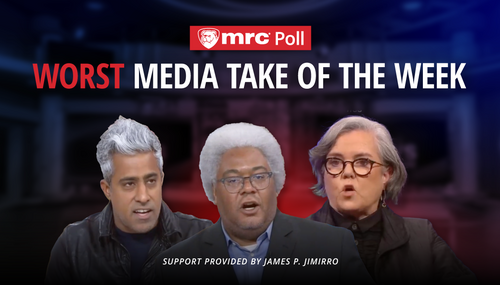 Major League Baseball (MLB) apparently isn’t diverse enough. At least, that’s what the Institute for Diversity and Ethics in Sport (TIDES) concludes.
Major League Baseball (MLB) apparently isn’t diverse enough. At least, that’s what the Institute for Diversity and Ethics in Sport (TIDES) concludes.
The organization that's obsessed with racism - which they often imagine - gave the MLB a B grade and a C grade for racial and gender hiring practices, respectively, and an overall grade of C+ on its report card. Richard Lapchick and several other authors contributed to this report.
Mind you, the league’s best and most promoted player is Japan-native Shohei Ohtani, and many of its other best players are from Caribbean or Hispanic countries. In fact, the same study released by these “scholars” shows that 40.2 percent of all players in the MLB are people of color.
That statistic alone should make any social justice warrior jump for joy, so what exactly is the problem here?
The “issue,” according to Lapchick, is that there aren’t enough black players, or black people that hold positions of power in MLB organizations (manager, general manager, etc.).
Lapchick points out that only 6.2 percent of players in the MLB are black, down from 7.1 percent in 2022. He called this a “glaring issue,” so you would think he would give us an explanation of why this is a bad thing...but, he didn’t.
Related: MLB Reportedly Won't Force Teams to Wear Pride Jerseys
The same train of thought was evident in his assessment of the positions of power analysis. He noted that people of color held 20 percent of manager positions, and 13.3 percent of general manager positions. Once again, he painted this statistic in a negative light, but failed to show us why it’s such a bad thing - especially considering the U.S. black population ranges between 12 and 15 percent depending on which numbers you believe.
All he did was borrow a quote from Jackie Robinson to suggest that there’s more work to do to raise the number of black people in these categories. Lapchick writes:
One of Robinson's most famous quotes was: "A life is not important except in the impact it has on other lives." His life did -- and continues to -- have an impact. In MLB, he wanted to be sure Black people played on an equal playing field and that they also led the team in the front office and as managers. The 2023 report card shows that baseball has improved in some areas but must improve across all categories and hasten the pace of change.
What Lapchick doesn’t consider in his research is that there are so many other possible explanations for why there are so few black people in the MLB. Maybe the majority of black children in America pick a different sport to focus on, or maybe they live in areas that aren’t hotbeds for baseball talent, like the Caribbean. Racism is always the default answer.
So what does change look like for Lapchick? What would the numbers have to be for him to think the MLB has enough black athletes? We don’t know unfortunately, because he doesn’t give us any sort of benchmark.
It’s the same tired argument DEI warriors use all the time: “there’s not enough (pick your people group), we need more progress!”
Would he suggest having teams cut qualified white or Latino players (who make up roughly 30 percent of the league) to favor black people? As we see from above, professional baseball is very diverse, but it seems these TIDES buffoons think it’s diverse with the wrong groups of people - which is ironically racist.
In many ways, Robinson’s goal has been accomplished. Aaron Judge is the poster child for the league along with Ohtani. Mookie Betts is one of the best outfielders in the world. Byron Buxton is one of the most well-rounded players in the game. All of them are black, and that’s just in today’s game. That doesn’t even account for black stars that have dominated the MLB in past years, like Bo Jackson, Tony Gwynn, and Ken Griffey Sr. and Jr.
The data also shows that black people do hold positions of power in MLB organizations. No matter how you look at it, the game at all levels is diverse, but for Lapchick and his TIDES colleagues it’s still not enough. Does the ethnic makeup of the MLB need to look like that of the NBA to make them happy, or can they learn to stop reducing the athletes to their skin color?
Until we know for sure, let’s just play ball.





